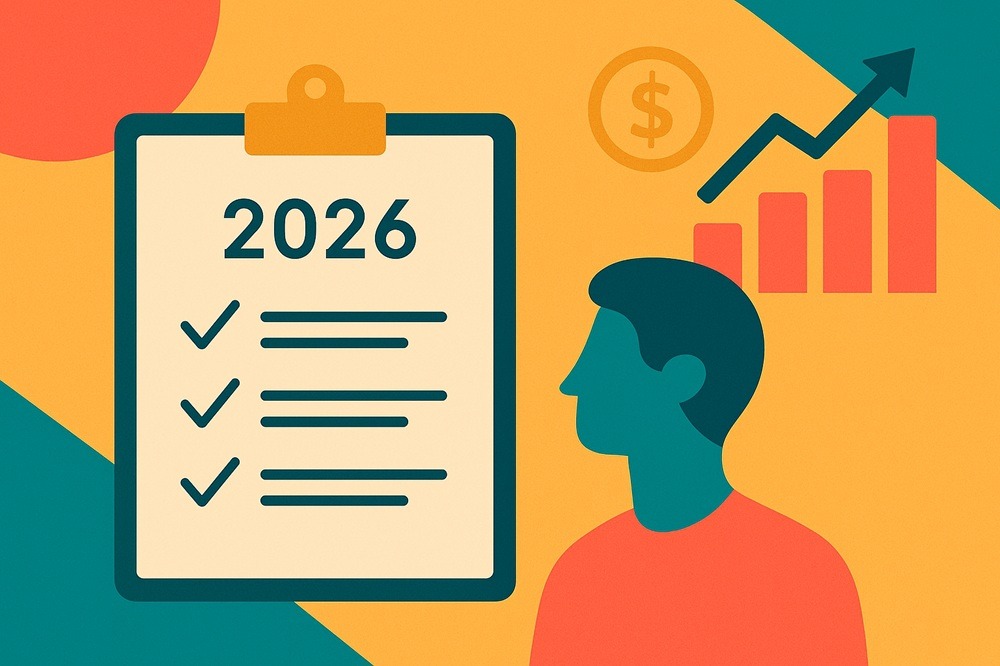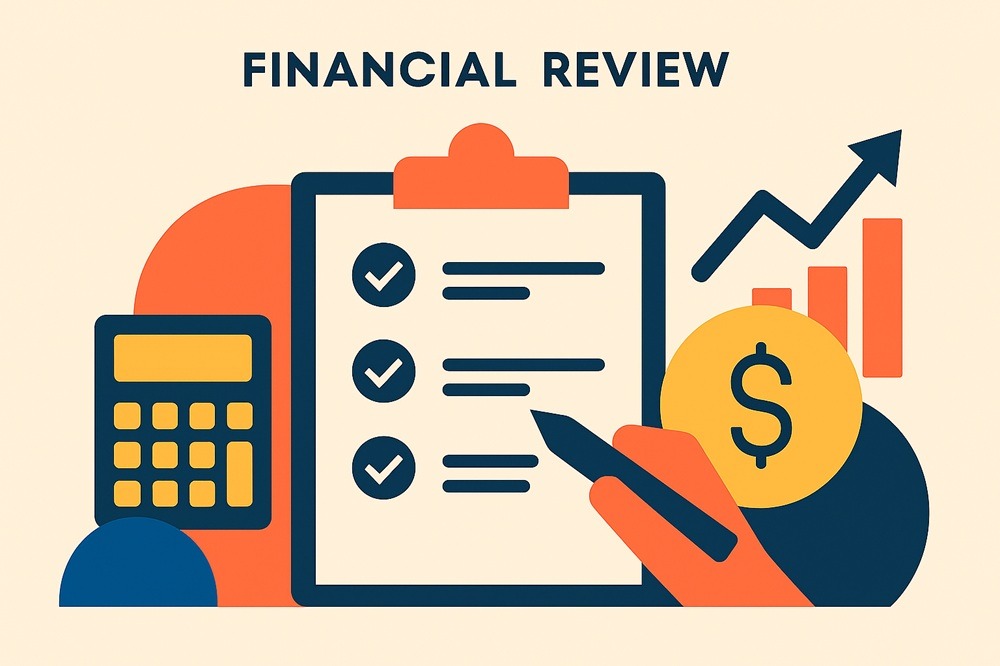What’s Changing in the New Financial Year?

New financial year, new financial rules. Here are some of the Government changes that took effect on 1 July. We will look more closely at these and other changes in the weeks and months ahead.
Superannuation Guarantee Charge Increase
Employers must now pay super contributions worth at least 11% of ordinary time earnings to all employees aged over 18, and all employees aged under 18 who work more than 30 hours a week. This is an increase from 10.5% in the previous financial year and is part of a series of rises that will see the SGC reach 12% for the year commencing July 1 2025. There are no further increases slated after that time.
Aged Pension Age Increase
Another automatic increase is the one that affects the minimum age for the aged pension. That age is now 67 for every person born after 1 July 1954. This has been changing gradually for some years now, and 67 is the upper limit of the announced changes.
Aged and Disability Pension Earned Income Increases
Recipients of the aged or disability pensions can also earn some income from employment or investment without losing their aged care pension. The limits of what can be earned have been increased as of July 1 2023. Pensions are subject to a ‘lower limit’ of income that you can earn, meaning that if you earn below this amount of earned income, you can receive the full aged or disability pension. Once your earnings go above this lower limit, you start to lose some pension.
The lower limits are as follows (source: Services Australia):

There is also an ‘upper limit’ on earned income. The upper limit is the maximum you can earn while receiving any aged or disability pension. In other words, once your income exceeds this limit, you lose the entire aged pension. The upper limits are as follows (source: Services Australia):

Changes to Parental Leave
Up to June 30, there were two separate payments available to new parents – the parental leave payment and the (perhaps unfortunately named) ‘Dad and partner’ payment. These two forms of payment are now being combined into one payment which will allow for up to 100 days of paid parental leave to be shared between parents as they see fit. There is a combined family income limit of $350,000 for this new payment.
So Long, Farewell, and Thanks for the Lamingtons
The low and middle-income tax offset (LMITO) will not be available when you do your tax return for the 2022-23 income year. Known colloquially as the Lamington, the LMITO was introduced as a temporary measure under the previous Government for the 2018/2019 financial year. It was always supposed to be temporary, presumably so that the former Government could argue that any replacement Government had led instantly to increased taxes!
It was good while it lasted.



